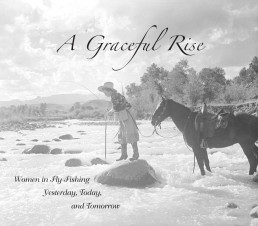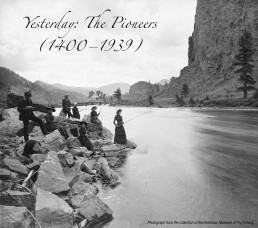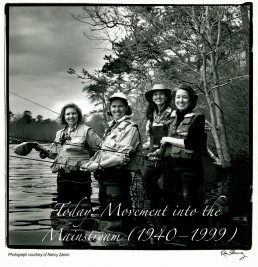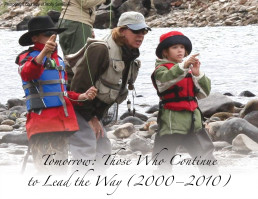Introduction
The sport of fly fishing has a long and rich history—one that informs us that as long as people have been fishing, women have been casting their lines over water.
Historical records—as well as numerous prints, paintings, and photos—provide ample evidence of angling as an activity that women all across the world have regularly participated in since the sport’s earliest days. One of the first instances of the classic fishing tale is Plutarch’s first-century account, in his Life of Antony, of a prank Cleopatra played on Mark Antony while the two of them fished on the Nile—a story later retold by Shakespeare in act 2, scene 5, of Antony and Cleopatra. Other examples include William Hogarth’s circa 1730 painting, A Fishing Party, and George Morland’s 1789 work, A Party Angling, both of which depict women fishing alongside their male companions, and a 1737 letter written by English citizen Margaretta Penn Freame (daughter of William Penn) during an extended visit to Pennsylvania, in which she asks her brother John to buy her a “four joynted strong fishing rod and real with strong good lines [sic]” to use for the remainder of her trip.
As fly fishing evolved over the centuries, women’s achievements and advancements in areas such as fly tying, equipment development, art, literature, and conservation were recorded for posterity. Yet their accomplishments were often overshadowed by those of their male counterparts. A Graceful Rise was conceived and designed to highlight the stories of several women pioneers and explore how they inspired and influenced those who followed in their groundbreaking footsteps.






